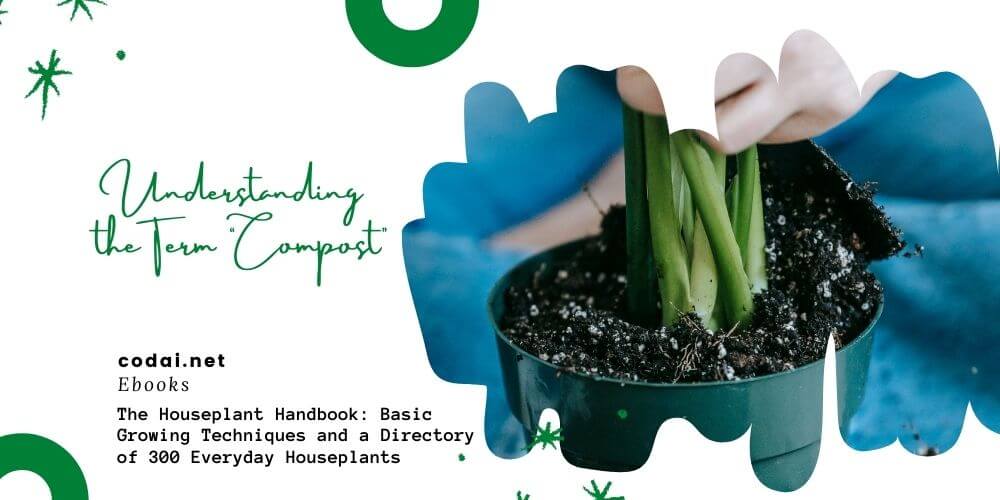[Ebook Việt hóa] The Houseplant Handbook: Basic Growing Techniques and a Directory of 300 Everyday Houseplants
[Ebook Việt Hoá] 300 Everyday Houseplants: Pots, Saucers, and Cachepots (Chậu cây, đĩa lót và nắp đế)
- Nguồn: [Ebook] The Houseplant Handbook: Basic Growing Techniques and a Directory of 300 Everyday Houseplants – David Squire
- Biên tập: Dũng Cá Xinh (Tháng 02/2022)
- Dịch: Team Codai.net
English
Pots, Saucers, and Cachepots
These are fundamental to growing houseplants. Traditionally, pots were made of clay, and these still are considered ideal for plants, though plastic pots have gained increasing popularity. Both have advantages and disadvantages.
Clay Pots
- are heavier than plastic pots, creating a firm base for large plants
- have a porous nature that allows damaging salts from fertilizers to escape—a bonus if plants are excessively fed
- encourage the compost to remain cool in summer and warm in winter
- have a natural color that harmonizes with all plants
- absorb moisture readily, so must be immersed in clean water for a few hours before use
- usually break when dropped on a hard surface
- are more difficult to clean than plastic pots when very dirty
- are more expensive than plastic pots
- are usually used in conjunction with loam-based composts
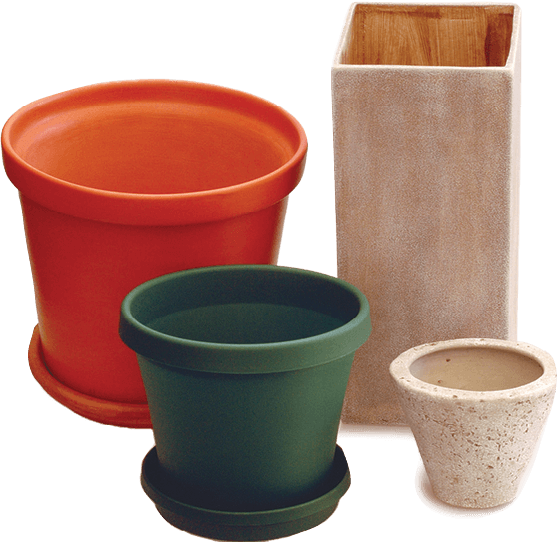
Plastic Pots
- are light and easy to handle
- are not porous, so plants need less frequent watering than when in clay pots
- are available in a wide color range
- do not break easily when dropped, although cold temperatures make them brittle
- are cheaper than clay pots
- are usually used in conjunction with soil-less composts, such as those based on peat
Saucers
These are placed under pots to prevent water draining from the compost and trickling onto decorative surfaces. Most are now made of plastic, in a wide range of colors and sizes. Choose a size fractionally larger than the pot’s base.
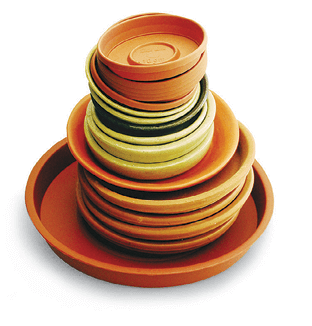
Cachepots
Also known as cover pots and potholders, cachepots are decorative, usually complementing the decor and a plant’s flowers and leaves. Some are plain colors, while others are patterned; most are round, others square. The growing pot is placed inside the cachepot. The rim of the growing pot must be level or slightly below that of the cachepot.
The practical difficulty with cachepots is that it is easy to over-water a plant unwittingly. Water remains in the pot’s base, eventually causing roots to decay. About 10 minutes after watering a plant, remove the plant, together with its growing pot, and tip away water remaining in the cachepot’s base.
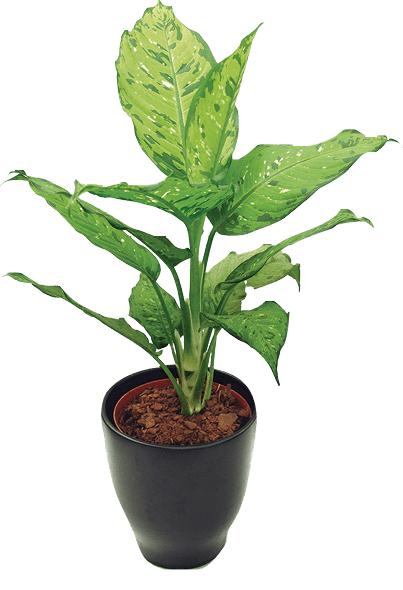
Range of Pot Sizes
Pots are measured by the width across the rim, ranging from 2in (5cm) to about 15in (38cm). For home gardeners who buy a plant and discard it when it ages and becomes unsightly, only a few spare pots are needed, but enthusiastic houseplant growers will need a few more so plants can be repotted into larger pots. Ideally, when repotting a plant, especially when small, a pot of only about 1in (25mm) larger than the existing one is about right. However, this would require a wide assortment of pots, so a range of pots, each about 2in (5cm) larger than the next, is usually selected.
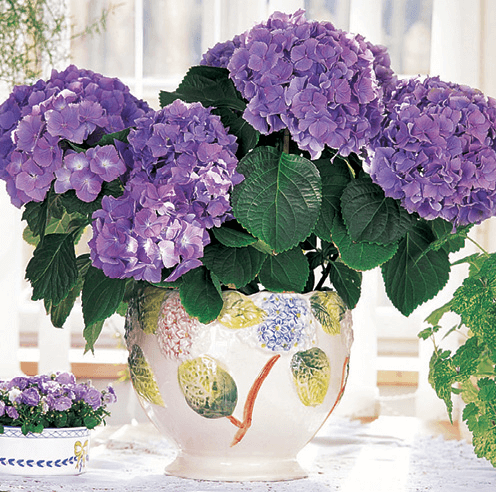
Tiếng Việt
Đang cập nhật
